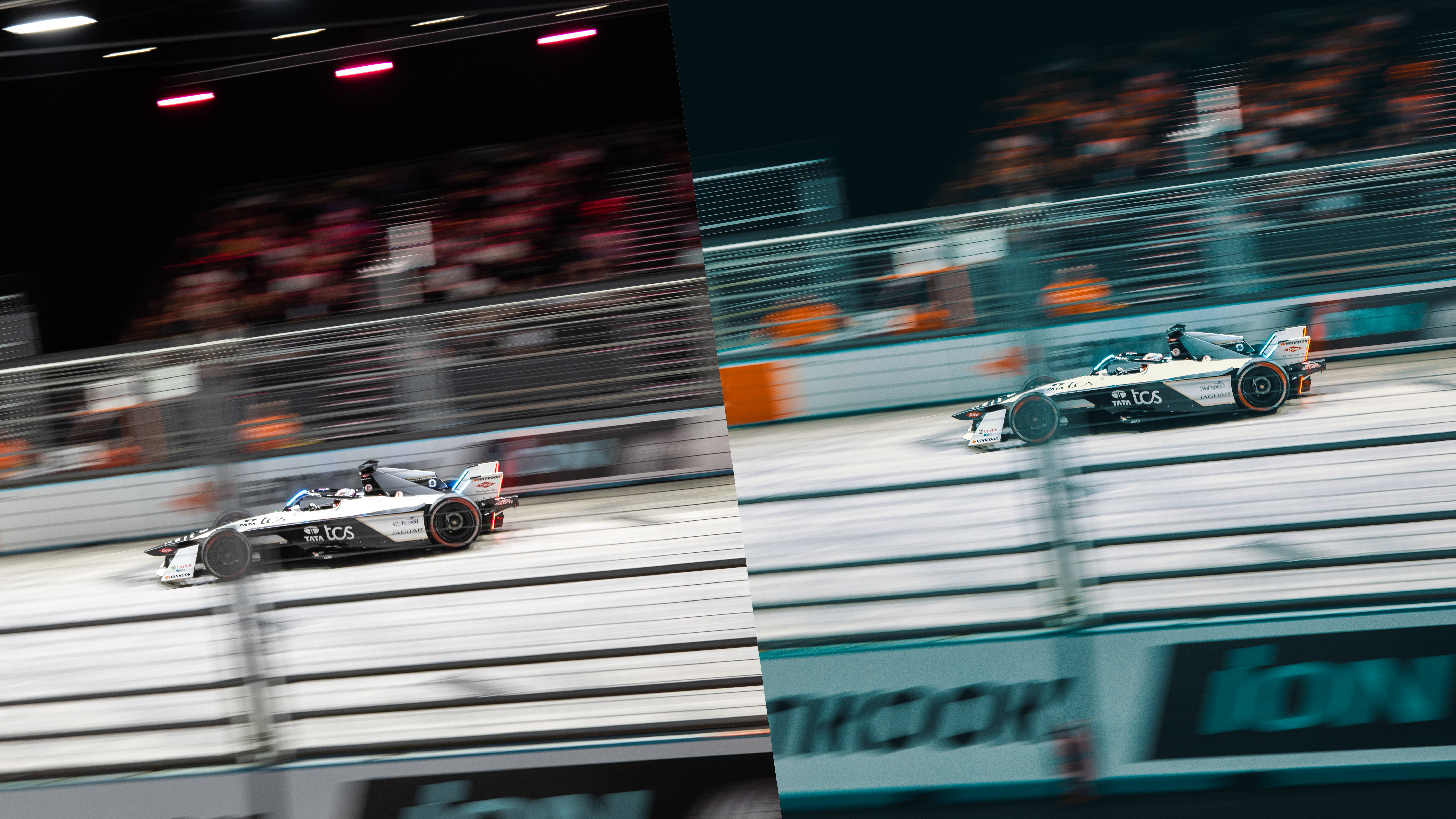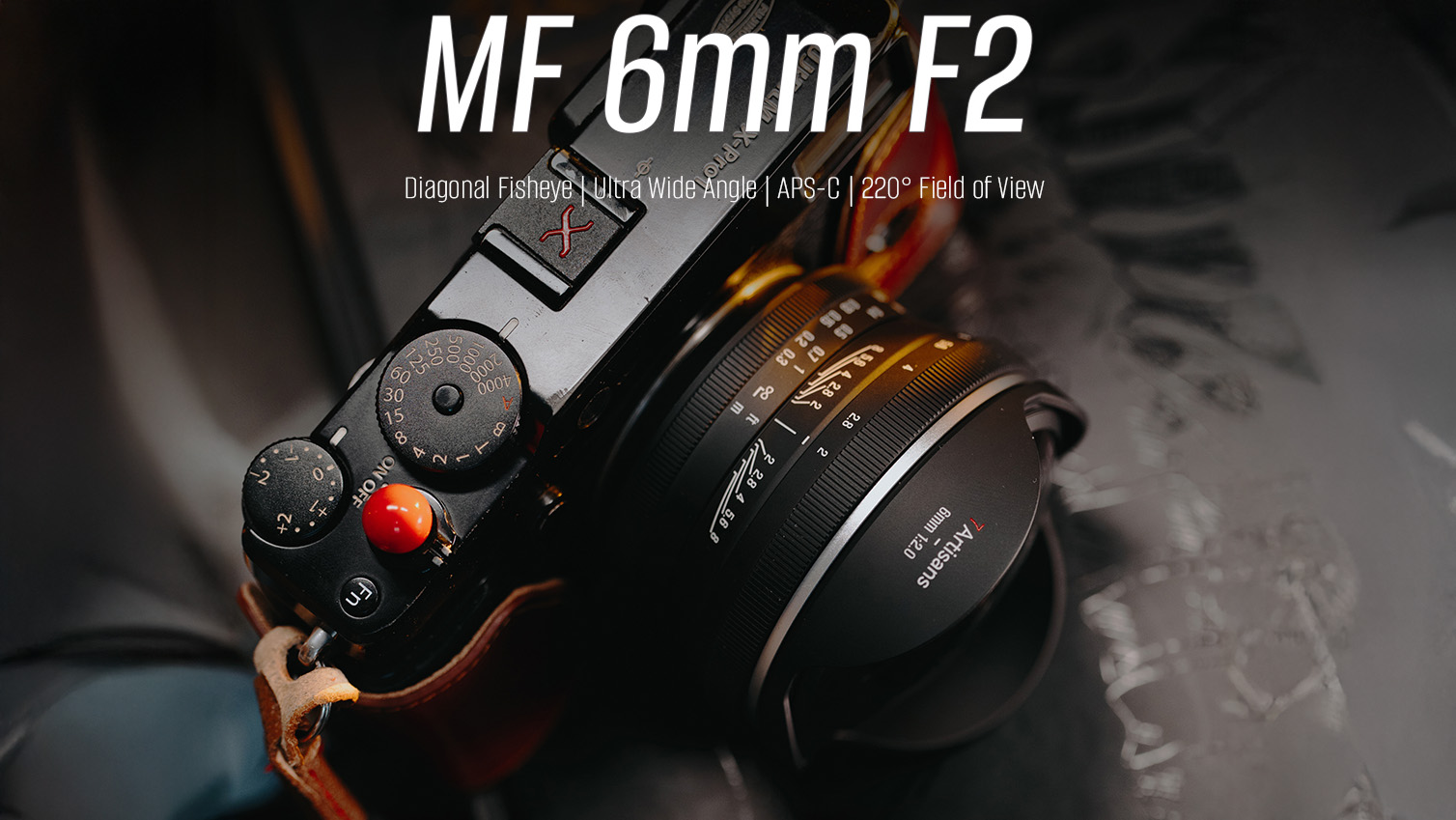
The camera industry has gone mad for LUTs, or so it seems. But what are they and why are we seeing them mentioned in every recent camera release?
When a trend captures the attention of the masses, the industry scrambles to find ways to capitalize on it. Trends shape the shoreline and ‘film looks’ is the latest one to sweep the camera landscape. You’d have to be living under a rock to have missed the dominance of the Fujifilm X100V and X100VI over the past year. The latest iteration proved so popular that if you didn’t pre-order it within 24 hours of its May release date, you’ll be lucky if you receive one by Christmas. Its beautiful vintage design contributed to its appeal, but what captured the hearts of many fans was its film simulation modes.
Fujifilm’s film sims have been a staple of the brand for years, but once TikTokers started to pay attention, the X100 series hit fever pitch. Fujifilm can’t make them as fast as it sells them, so other brands want a piece of the action. We’ve already seen the introduction of the Panasonic Lumix S9, its smallest full-frame camera. What’s attractive about the S9 isn’t retro good looks but that it was built around a killer feature introduced when Panasonic launched the Lumix S5 II in 2023: Real Time LUT.

Look Up Tables (LUTs) are a feature popularized by the cine camera world. They are image profiles created to allow cinematographers to preview what final, edited footage will look like while working on a production. Panasonic realized the power of implementing this in its consumer cameras and allowing creators to use those looks in their content. This makes it possible to create, save and share unique looks
on the go with the company’s workflow, powered by its Lumix Lab app.
Panasonic is capitalizing on the trend sparked by Fujifilm and running with it. So of course, everyone is now allowing users to install LUTs to their cameras, including the recent Nikon Z 6III and Canon’s latest flagships, the EOS R1 and EOS R5 Mark II. Fujifilm has the most authenticity in this space, with its archive of classic film looks, such as the luscious Velvia or Reala Ace.
However, the introduction of LUTs across brands opens up a world of creative possibilities for those who want to capture content with their own custom image recipes.
So if you want an old film look or to recreate a lo-fi point-and-shoot digital camera era feel, you can do it without having a vintage camera or being stuck with low quality and poor-resolution files. Many of us have no doubt enjoyed seeing new generations of creators discovering older cameras to get the vintage look, but manufacturers believe they can win those customers over by giving them the ability to do that and keep their companies afloat with the sale of new cameras. Everyone’s a winner. This might be a trend that moves things in a great direction.
The best camera deals, reviews, product advice, and unmissable photography news, direct to your inbox!
Jon is a gadget reviewer, content creator and influencer. He spends his time reviewing products, covering technology news, giving talks on content strategy and creating content in partnership with a wide variety of forward-thinking brands. He also contributes to commercial radio, as well as in national print newspapers and magazines.


